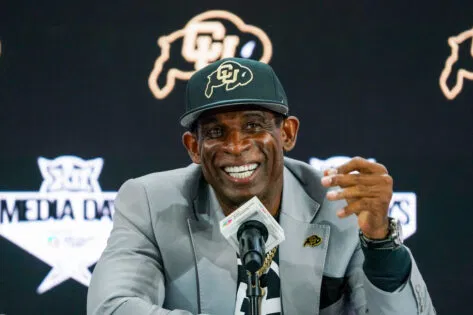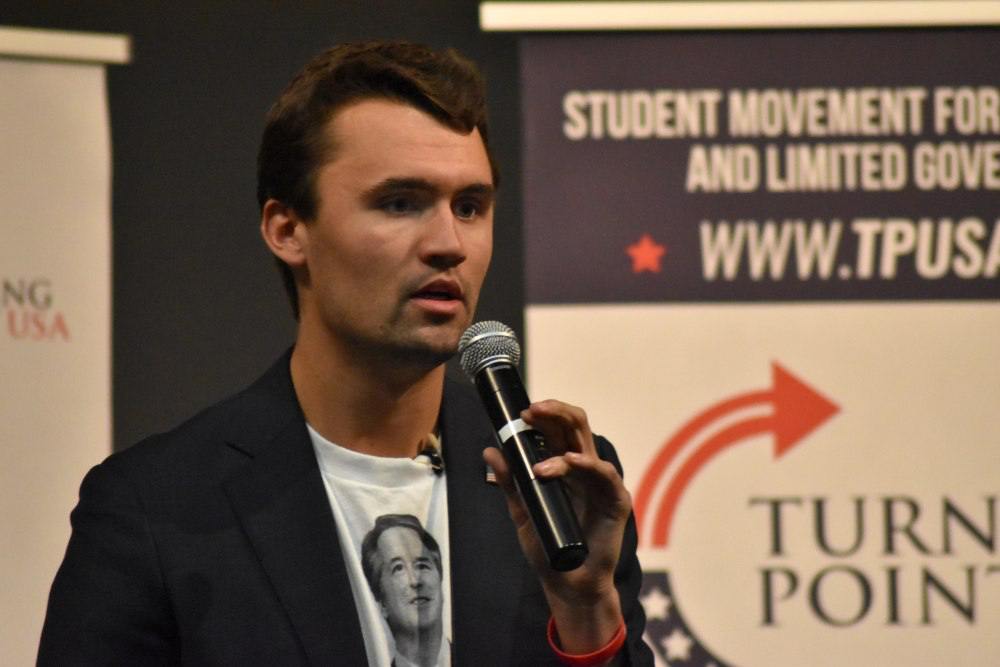By Contributor,Harry Kraemer
Copyright forbes

Starbucks’ $1 billion restructuring lays out a path forward, but many questions remain—signaling the need for a values-based leadership approach.
Gado via Getty Images
The $1 billion restructuring announced by Starbucks, which includes closing an estimated 1% of its North American locations and the layoff of 900 non-retail employees, is the first major step in CEO Brian Niccol’s turnaround plan of “getting back to Starbucks.” Success, however, will depend not only on how well Niccol executes the restructuring, but equally critical how he implements values-based leadership to strengthen the culture, engage employees to create buy-in, and foster greater customer loyalty.
The stakes are high and time will tell whether Starbucks will be known as one of the great turnarounds of an iconic brand as Niccol rolls out his transformation plan to turn retail stores into cozier coffeehouses that focus more on coffee. Or will Starbucks suffer the same fate as Walgreens, which at its peak was a $100 billion retail giant before a precipitous decline. Walgreens recently went private at only 10% of that previous valuation.
Restructuring is a phase that many companies go through, particularly after years of expansion. Starbucks, which grew from one coffee bean store in Seattle in 1971 to more than 40,000 retail locations worldwide in 2024, is no exception. It faces strong competitors including Dunkin’, a long-time rival, and Luckin Coffee of China, which is establishing a foothold in the U.S., as well as smaller and more niche companies. In addition, Starbucks’ menu has grown more complicated and expensive.
Now Niccol, who took the reins at Starbucks just over a year ago after turning around Chipotle, wants to reverse declining sales and bring back the coffeehouse vibe of the early days of the company. His plan received an endorsement from Starbucks founder and former CEO Howard Schultz, who assessed Starbucks’ problems under Niccol’s predecessor as cultural. “The culture was not understood. The culture wasn’t valued. The culture wasn’t being upheld,” he told CNBC in June.
The best way to foster cultural alignment is through clear and frequent communication with all stakeholders, especially employees. The more every team member understands the issues and challenges, the more they will feel respected and valued. Even when the news is difficult, such as people losing their jobs, honesty and clarity go a long way to improving trust across the entire organization.
MORE FOR YOU
A Values-Based Communications Plan
The tendency among many leaders is to communicate frequently when things are going well. When problems arise, however, it’s tempting for leaders to significantly reduce communication. They often hesitate to say too much until all the unknowns are known. The danger of this approach, however, is that a lack of communication will lead people to assume problems are much worse than they are. That’s when panic sets in.
I’ve always relied on a values-based leadership approach, especially during my time as chair and CEO of Baxter International, a $12 billion healthcare company. My values-based leadership principle of self-reflection enables me to continually ask myself how well I am communicating with everyone. The principle of genuine humility reminds me to always treat everyone with respect, and that means sharing as much information as possible.
This is a values-based leadership approach to communication. The rule I have always followed is to communicate three times more frequently during difficult or uncertain times than when things are going well.
Three Key Points Of Values-Based Communication
1. Tell people what you know.
Let’s take a hypothetical example of a company analyzing how to make its operations more efficient, focusing on three production facilities. Leaders decide that one will close, one will definitely remain open, and one requires more analysis—but which ones? Although leaders may think it’s best to wait until the fate of all three facilities has been decided, that delay in communication could be very costly. People in the company already know that there is a problem with efficiency, and the rumor mill is churning with speculation about which facilities will close. The remedy: tell people what you know, even if the information is incomplete.
Niccol appears to be starting on the right track, issuing a “Message from Brian: An Important Update” addressed to employees. He states that coffeehouses where the ideal physical environment cannot be created or where there is no path to improving financial performance will be closed. Taking into account an unspecified number of coffeehouses opened over the past year, Niccol said the number of company-opened retail locations will decline by about 1%. Regarding layoffs of 900 non-retail employees, Niccol promised “generous severance and support packages, including benefits extensions.” That’s a good start, but there appear to be many unknowns that need to be addressed.
2. Tell people what you don’t know yet.
Returning to the hypothetical example of the three production facilities, leaders should let people know as soon as possible the specifics of which facility will stay open, which one will close, and which one is still being evaluated. The more certainty people have, the more they will focus on what is happening and not on what they fear.
This is crucial advice for Niccol as decisions are made about eliminating retail locations. For example, one initial closing, the Reserve Roastery in Seattle, was perceived as coming without warning. As the Seattle Times reported, Reserve Roastery employees immediately assumed the closure was linked to contract negotiations with unionized workers (which a company spokesperson denied). The point remains: The more Starbucks employees are left to wonder which retail locations will close and why, the more speculation will likely hurt morale and undermine the culture change that Niccol is trying to create.
3. Tell people when you will get back to them with an update.
This one is self-explanatory: let people know more details will be forthcoming and when they can expect them. In his message, Niccol called out “What’s next” but failed to give any specifics of when announcements on store closings would be made. This is where the Starbucks communication plan needs to close the gaps as the first step to rebuilding more trust with employees.
A values-based leadership approach to communication focuses on culture and delivers bottom-line impact. When people have answers to the questions that matter the most to them (or, at least, they know when to expect those answers), they will remain focused on doing their best at work.
For Starbucks, communicating with employees frequently and with as many details as possible could very well determine whether the restructuring plan turns around the company and improves its culture.
Editorial StandardsReprints & Permissions



